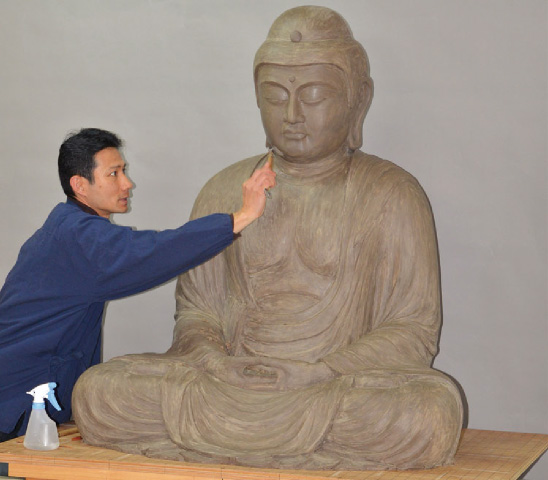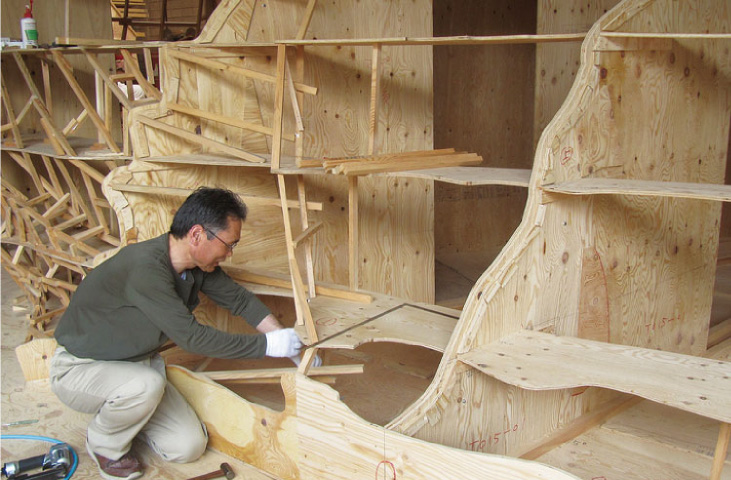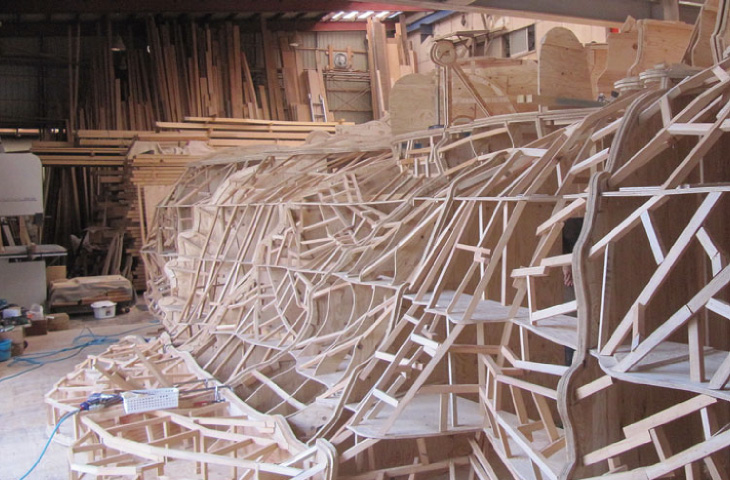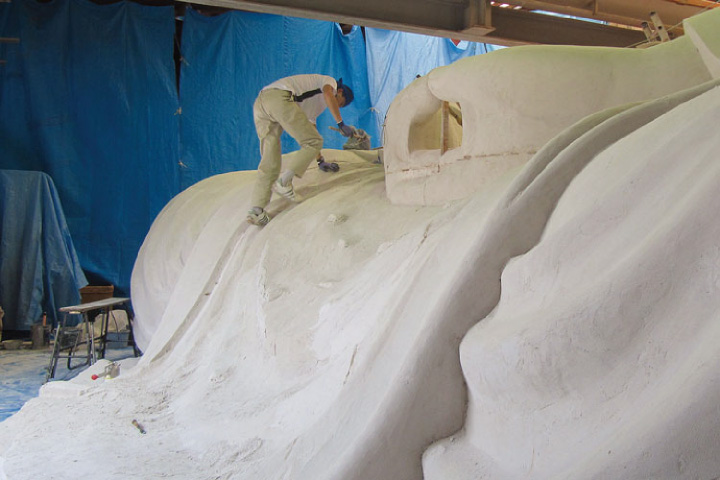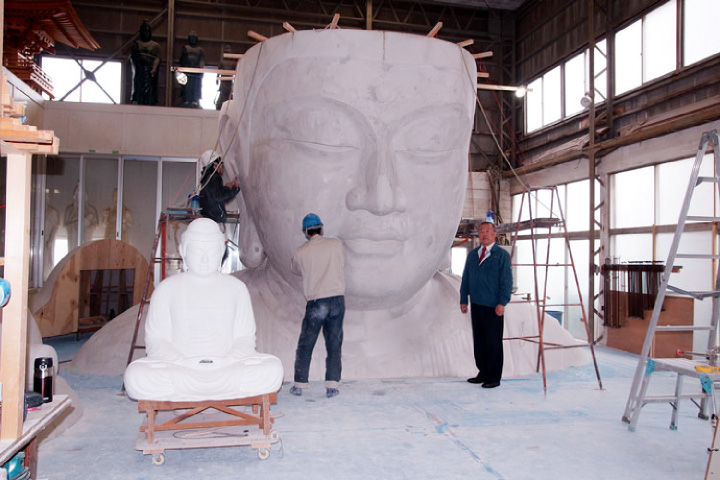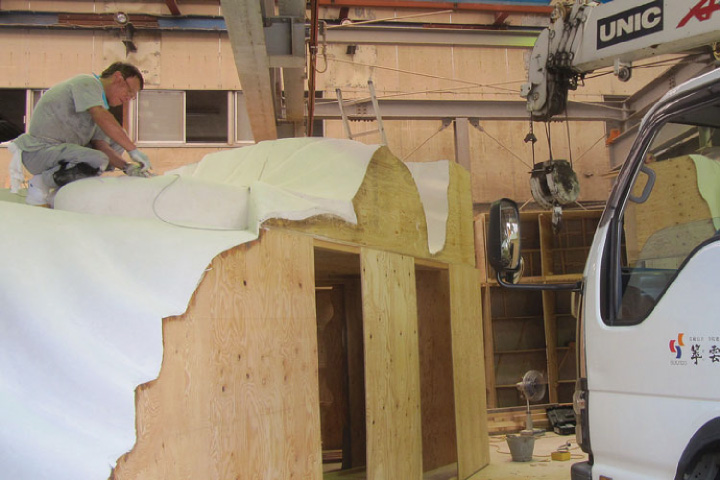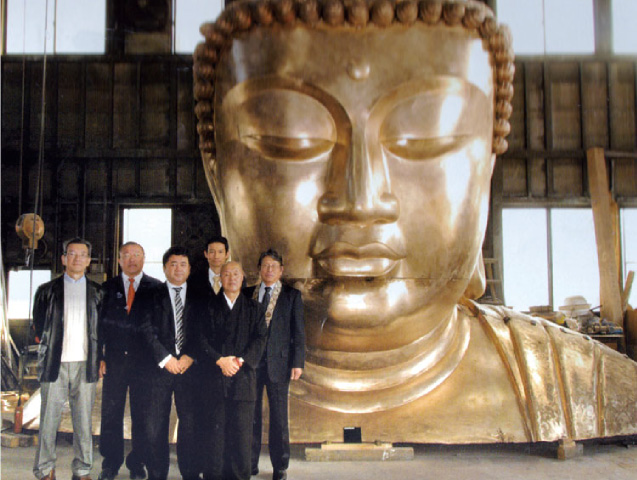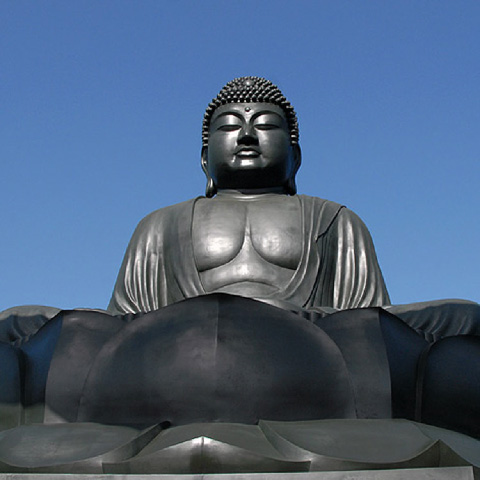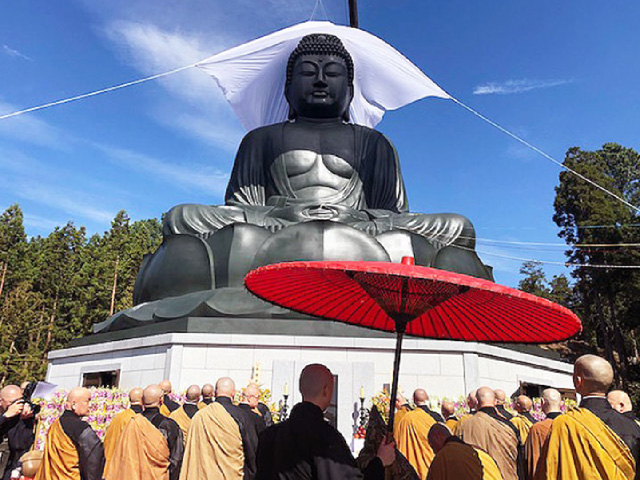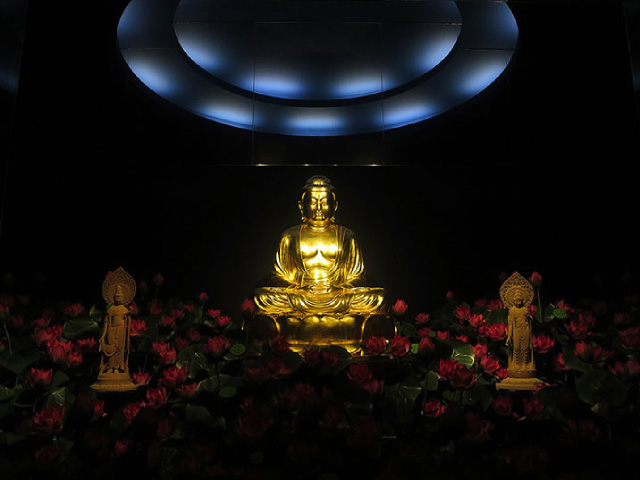Buddha statues,
Great buddhas
Houkouji Temple Soto-shū (Nishitama-gun, Tokyo) Rokuya Great Buddha (commonly known as Tama Daibutsu)
●Height of Buddha statue: 12m ●Height of pedestal: 3m ●Total height: 15m
Wooden Buddhist sculptures, portrait of high priest and even cast Buddhist statues.
Suiudo has worked on many wood-carved Buddhist statues and cast statues.Buddhist statues are not only those made by Busshi ( Buddhist sculptors),but also include many works by sculptors as an artist representing their era.
Suiudo has a wealth of Kiso hinoki cypress and camphor wood, so it is also possible to create huge wooden Buddhist statues.
In portrait sculpture, our sculptors create the prototypes, and we have received high praise for their presence.
We work on everything from standard-sized cast Buddhist statues to huge ones.
The Great Buddha is cast using a unique method patented by Suiundo.

Nichiren-shū, (Yamanashi Pref.)
Seated statue of Shakyamuni, Bishu cypress,
Kirikane finish
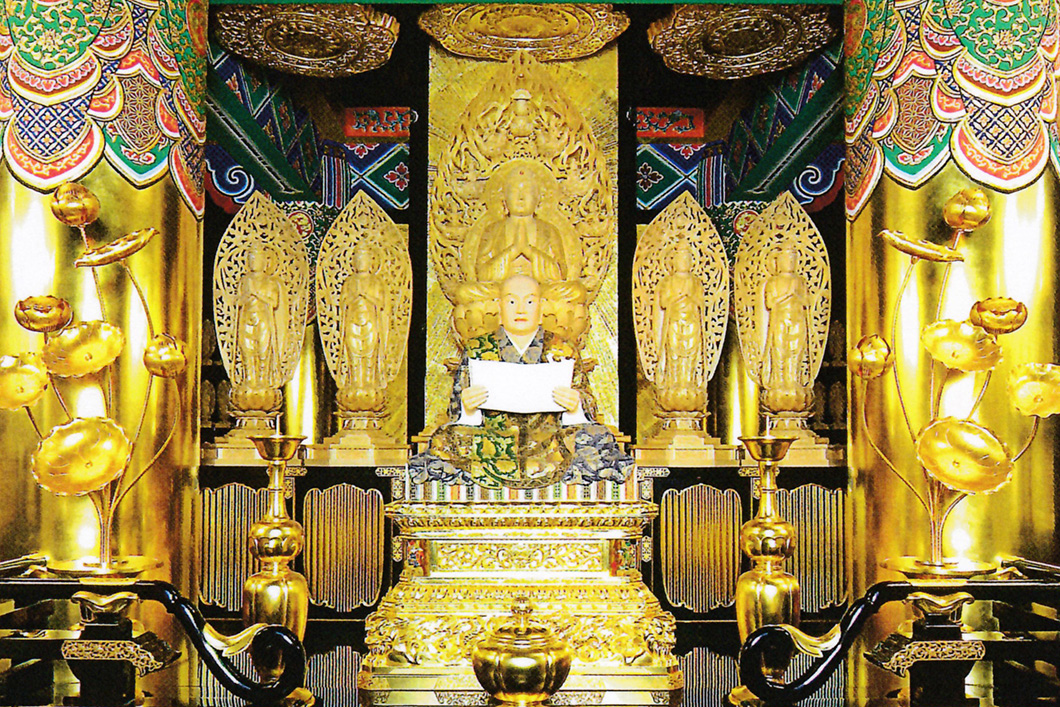
Seated statue of Shakyamuni, Four Bodhisattvas, Statue of Nichiren Shonin

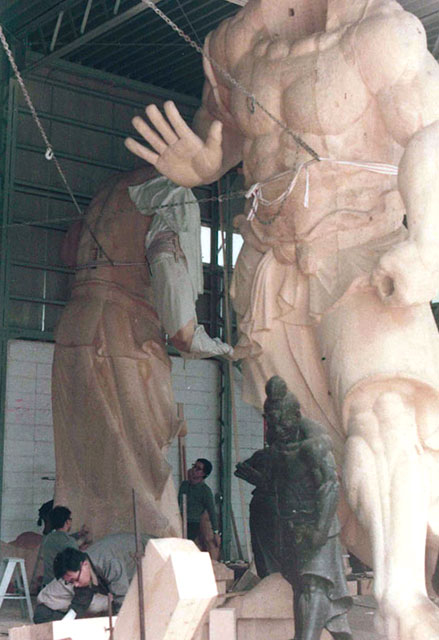
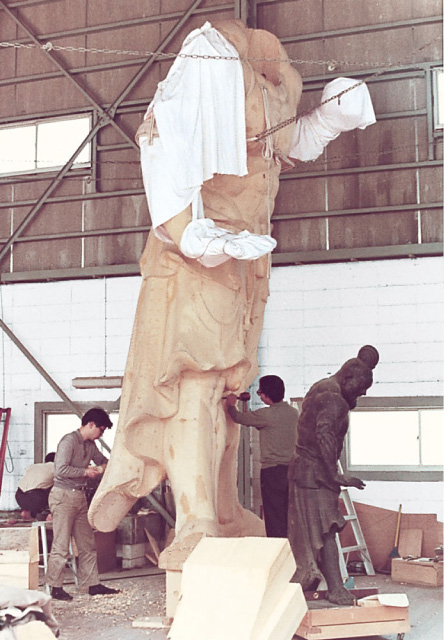
Production of the Nio statues, The prototype was created by the sculptor Abe Masaki.
The Niō statues at the Sanmon Gate of the Sōjiji (Yokohama City) , created by Suiundo, were modelled on the former yokozuna Kitanoumi, who passed away in autumn 2015.
The production of the prototype for the Nio statues began in 1968, when Kitanoumi was just 15 years old and had just stepped into the ring for the first time.
Our company president, Yutaka Yamaguchi, recalls those days as follows.
I think that Mr Abe went around to several sumo stables and must have been impressed by Kitanoumi. That's how much he had great muscles!
Around the time the Niou statues were completed, Kitanoumi made his debut in the highest division, and the following year he was promoted to komusubi, and the year after that to ozeki and yokozuna.
The Niō statues at the Sanmon Gate of Sōjiji Temple are 5.45m tall. They are made of Bishu cypress and were made at the Matsudo workshop.
The Buddhist altar of the great yokozuna Kitanoumi was made by Suiundo due to a Buddhist connection through the production of the Nio statues.


Grand Head Temple Sōji-ji, Soto-shū, Nio statue, prototype by sculptor Masaki Abe
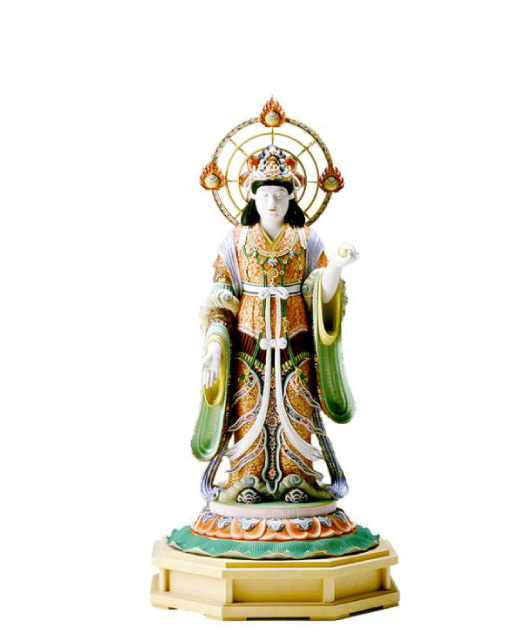
member of the Japan Art Academy, Kawasaki Fushou,
Bishu cypress wood, kataji base, richly coloured finish
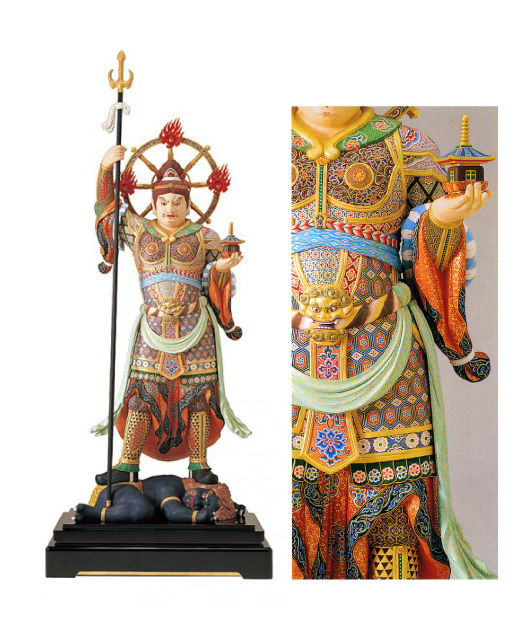
member of the Japan Art Academy, Kawasaki Fushou,
Bishu cypress wood, kataji base, richly coloured finish
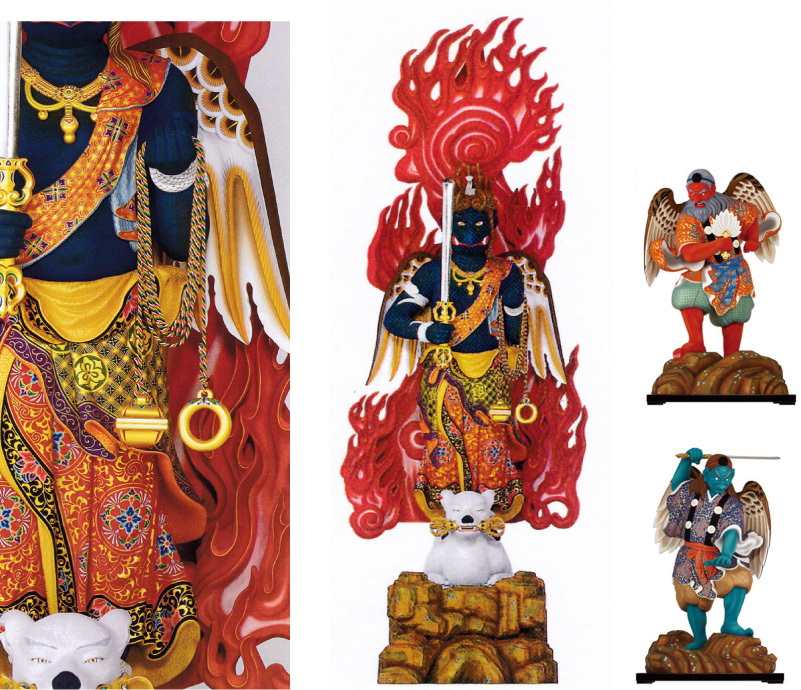
Great Tengu and Small Tengu Statues Bishu Cypress Wood, Kataji Base, Richly Coloured Finish
Chinzo (portrait of Zen priest)
Chinzo (portrait of Zen priest) is a portrait sculpture or painting, and requires special skills as it depicts monks who are strictly devoted to Buddhism.
The statue of Master Sawaki Kōdō, which was placed in Sengakuji Temple (Soto-shū), was sculpted and cast by sculptor Tsunekazu Kagami.
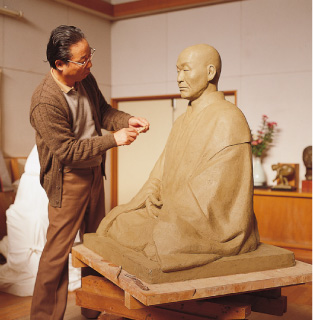
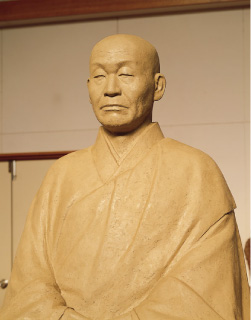
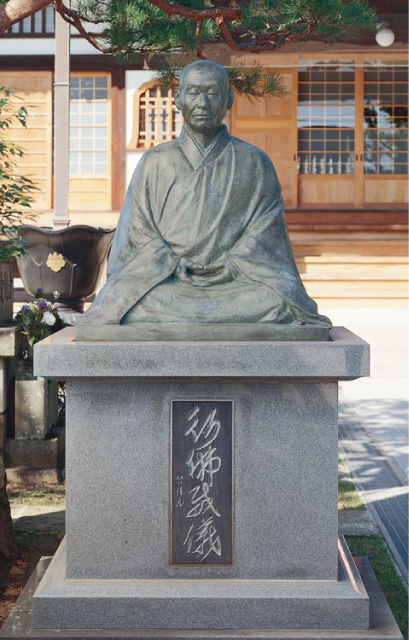
Great buddha,
patented producing method by Suiundo
Suiundo has produced numerous large cast Buddha statues.
The Buddha statue at Jōren-ji Temple's Tokyo Daibutsu is 8 m tall,the Buddha statue at Daishōji Temple in Sapporo is 8.4 m tall, the statue of Iketsuki Kannon in Nagasaki Prefecture is 18 metres tall, the Buddha statue at Jichi-in Temple in Sakata is 13 m tall, and the statue of Sho Kanzeon Bosatsu at Shiofune Kannonji Temple in Ome City is 10 m tall. With these achievements, it is said that this temple has the most Buddha statues in Japan.
The process of creating a statue begins with making a prototype out of clay, then a plaster prototype, and finally a FRP statue from the plaster prototype. Clay sculptures are highly malleable, but their shape can change due to their weight, so plaster statues are used as prototypes.
Then, enlarged drawings are made based on the prototype, and based on the drawings, plywood and square timber are skilfully combined to create a formwork that looks like a bird's nest. Steel netting is stretched over this, and plaster is applied to create a mould
This mould is divided into sections, transported to a foundry, cast, and assembled on site to create the Great Buddha.
Suiundo's method of creating prototypes for the Great Buddha is patented. We have developed our own method of enlarging prototypes from smaller models to actual size, and have created enlarged prototypes for some of the most famous Buddhist sculptors and carvers of the modern era.
Hōkōji Temple, Soto-shū, Nishitama-gun, Tokyo, Production process of the Rokuya Great Buddha (commonly known as Tama Great Buddha)
Repair and restoration
Suiundo has received many Buddhist statues that require repair and restoration, including those that have aged or been damaged over time. Each Buddhist statue requires its own unique repair and restoration, and Suiundo will repair and restoration your precious Buddhist statues using the most appropriate methods while listening to the requests of the temple and the donor.
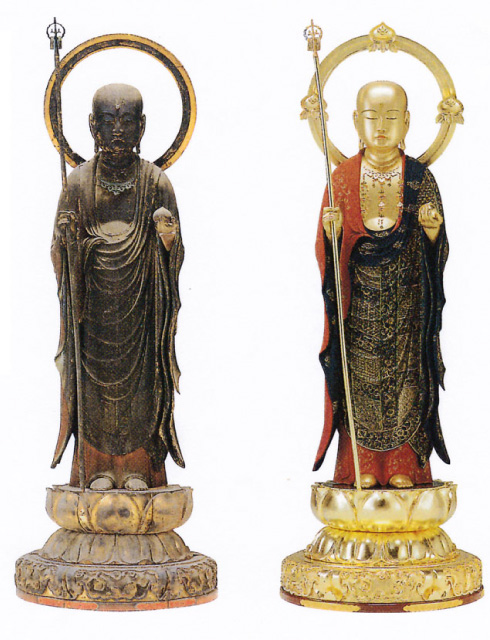

Restoration of standing statue of Jizo Bosatsu(Bodhisattva)
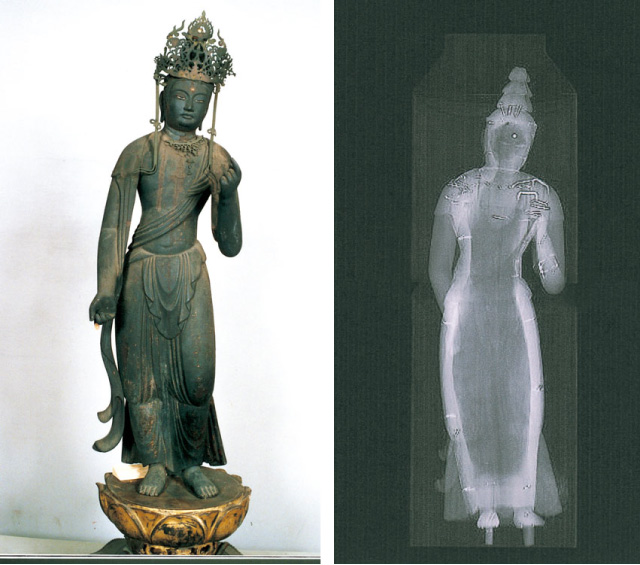
X-ray photograph of Sho Kanzeon Bosatsu statue
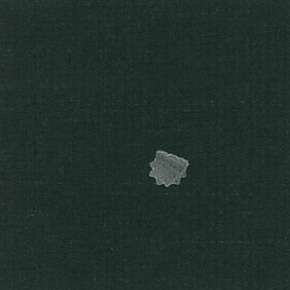
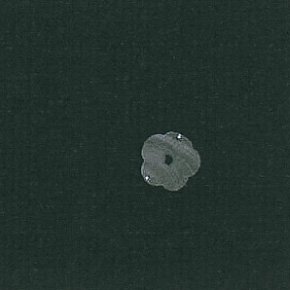
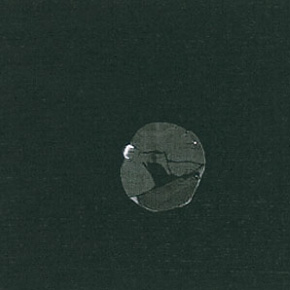
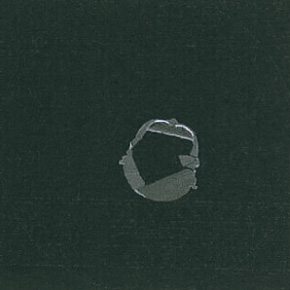
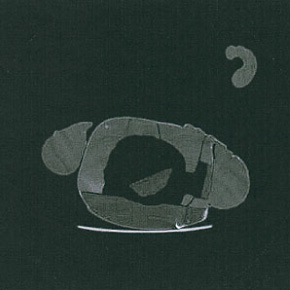
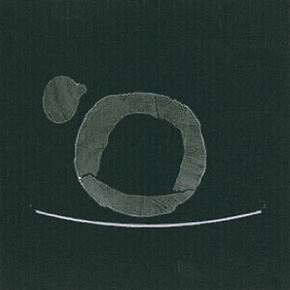
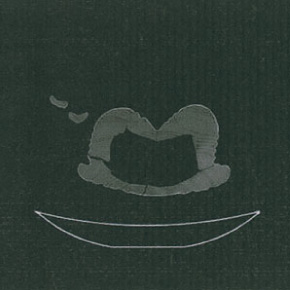
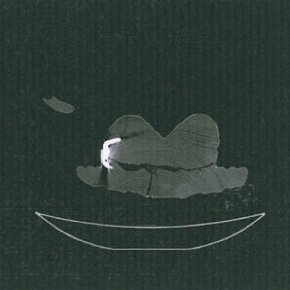
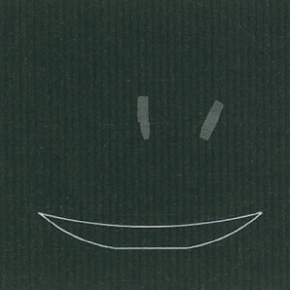
Jūrinji Temple, Shingon-shū Buzan-school (Toshima Ward, Tokyo),
Tomographic image of Sho Kanzeon Bosatsu statue
- TOP
- Buddha statues

